Category: decolonial
-
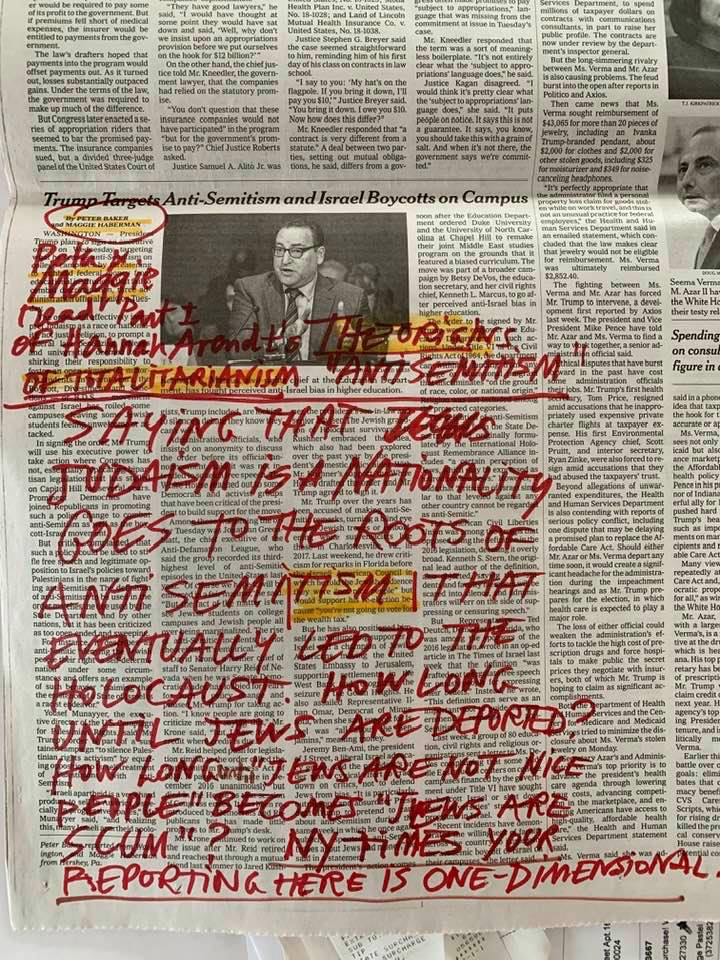
The Jew and the Nationalists
Brexit-Trump nationalism now accuses its opponents of being racist. Not the old racism that it so gleefully parades but a newly invented tradition: anti-Israel racism.
-
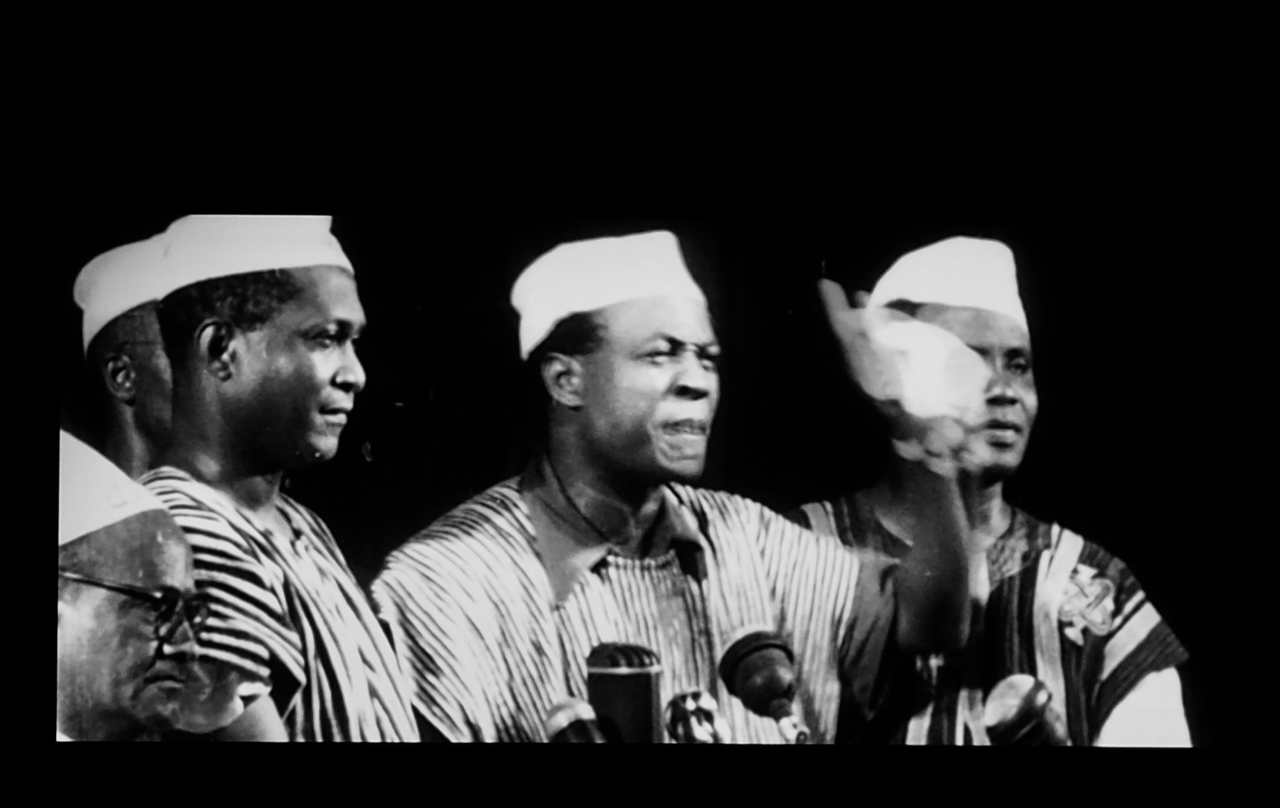
Face Forward
In transfigured night, hear the poet Milton sing “Hail, horrors, hail.” In this disjuncture, in the break and in the wake, the voice of Kwame Nkrumah comes: “We face neither East nor West, we face forward.” We, the would-be decolonized, was his formula in that betrayed beginning of Bandung, whose spirit continues to inspire. His…
-
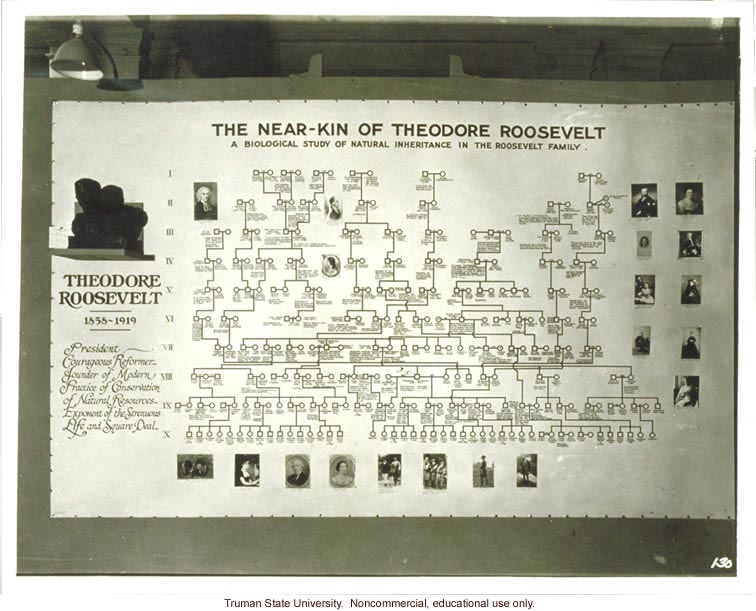
For Anti-Racism: Against NYC’s Monuments Commission
The NYC Monument Commission was a failure. It delivered a hot mess of recommendations for more: more bureaucracy, more signs and “>more monuments. This is called an “additive” policy. Without a commitment to anti-racism and decolonial practice, none of it makes sense. The missed opportunity is that a good faith anti-racist, decolonial project could show people of…
-
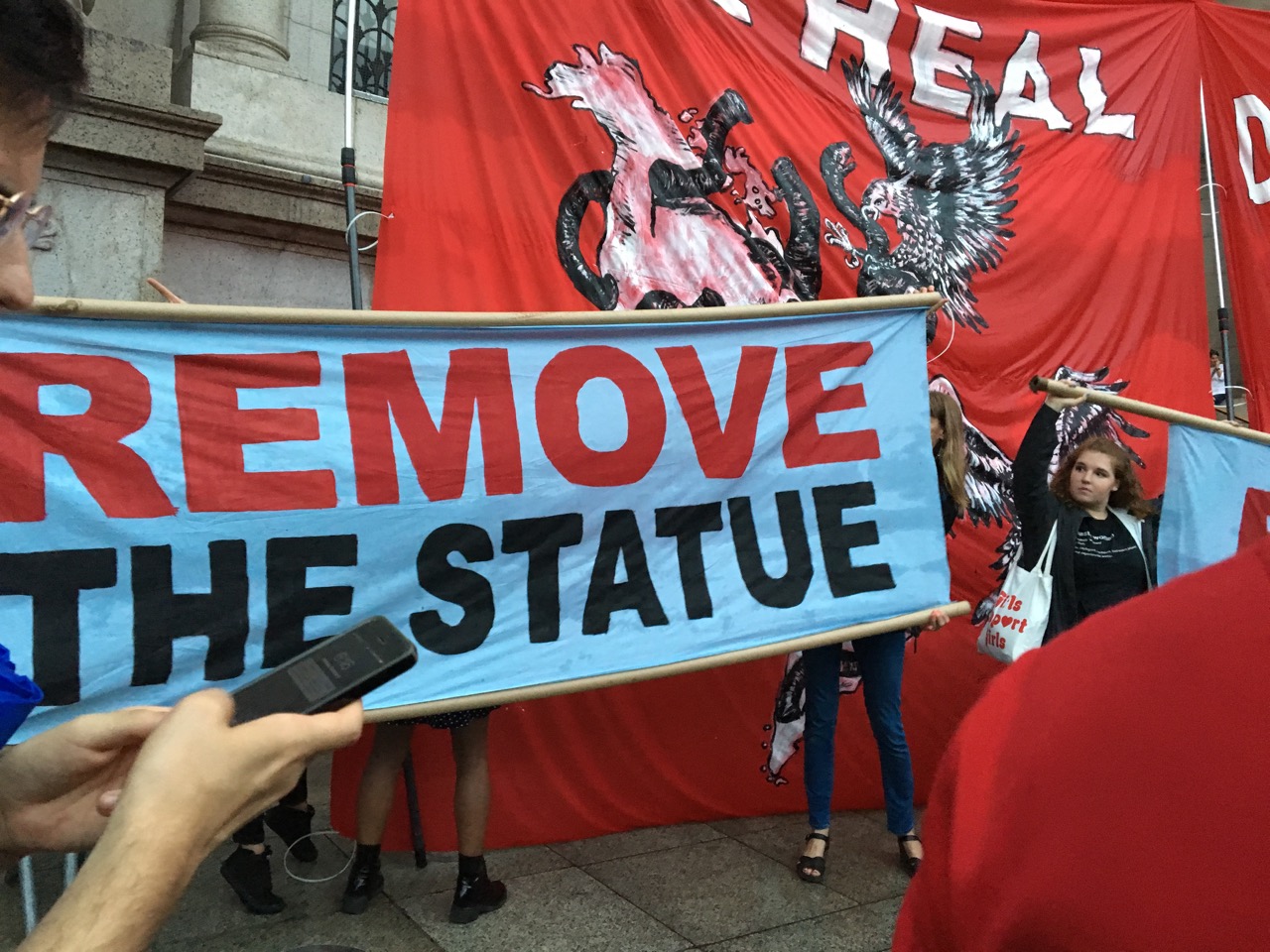
Monumental Questions
Today hearings were held in Manhattan for the Mayor’s Commission on City Art, Monuments and Markers. It was a real New York occasion, with dashes of radical politics, establishment equivocation, blunt force and moments of pure eccentricity. Anyone who wanted could speak for three minutes in randomly assigned slots. Despite being called for the day…
-
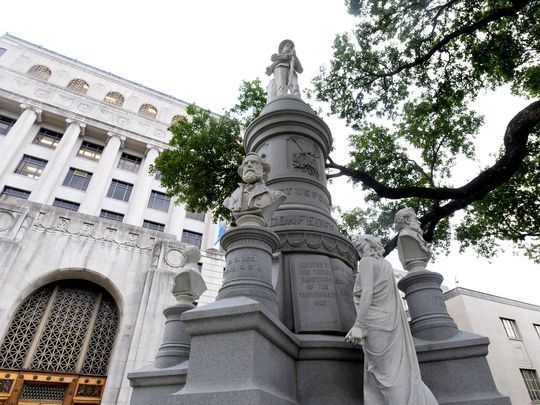
Monuments, Looking, Lynching and Gender
In the past week, the ubiquitous Confederate monuments have suddenly become visible (to non-Confederate sympathizing white people) as monuments to genocide and white supremacy. It’s important to continue to show their systemic role in making and sustaining white supremacy. In particular, the monuments form a network that connects seeing, unseeing, lynching and gender in ways…
-
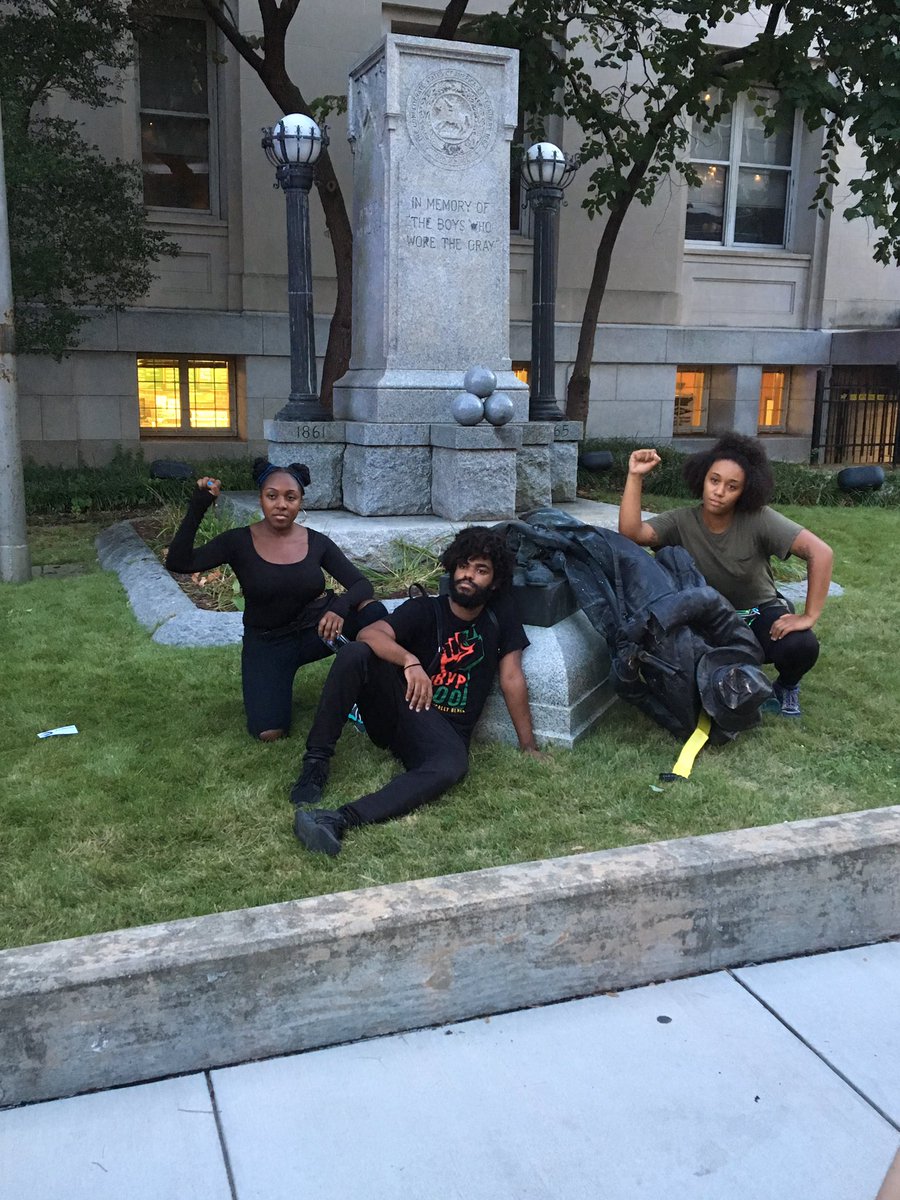
All The Monuments Must Fall #Charlottesville
In the aftermath of the white supremacist terrorism at Charlottesville, all the monuments must fall. The murder of Heather Heyer was prompted by the proposed removal of a statue of Robert E. Lee. These statues are material nodes in the network of white supremacy. They are the visible form of the established order of racial…
-
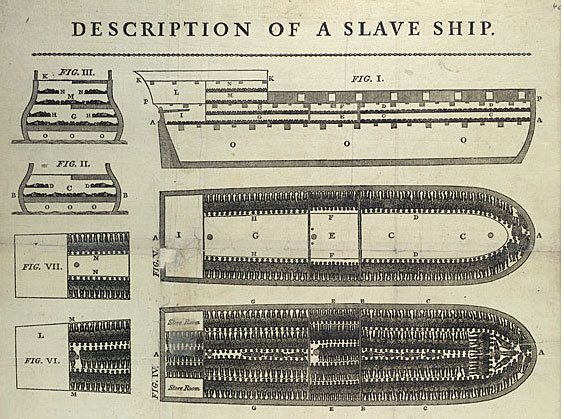
The Long Hunger Strike (Against Slavery)
These posts are difficult to write and I’m sure they are difficult to read. By measuring the time taken to write–or to read–it is possible enter the symbolic world created by the hunger strike, a world in which existence matters. It is the force of the statement made by the strike that enables this fragmentary…
-
Dying for Dignity
This is a project about time, mutant capitalism and life. Its tempo has changed from the epoch to the day. For the remainder of the dignity strike, there will be daily posts. It is now a month since Palestinians in Israeli regime incarceration began. On #day31 of his hunger strike, Bobby Sands was nominated as Sinn…
-

Salt and Baseline Communism #dignitystrike
Salt has often been a catalyst by which the interaction of life, colonialism and apartheid can be made visible and subject to change. From India to South Africa and today’s ongoing Palestinian hunger strike, salt is the means by which the inhuman form of colonial oppression can be tasted. To deny access to salt by…